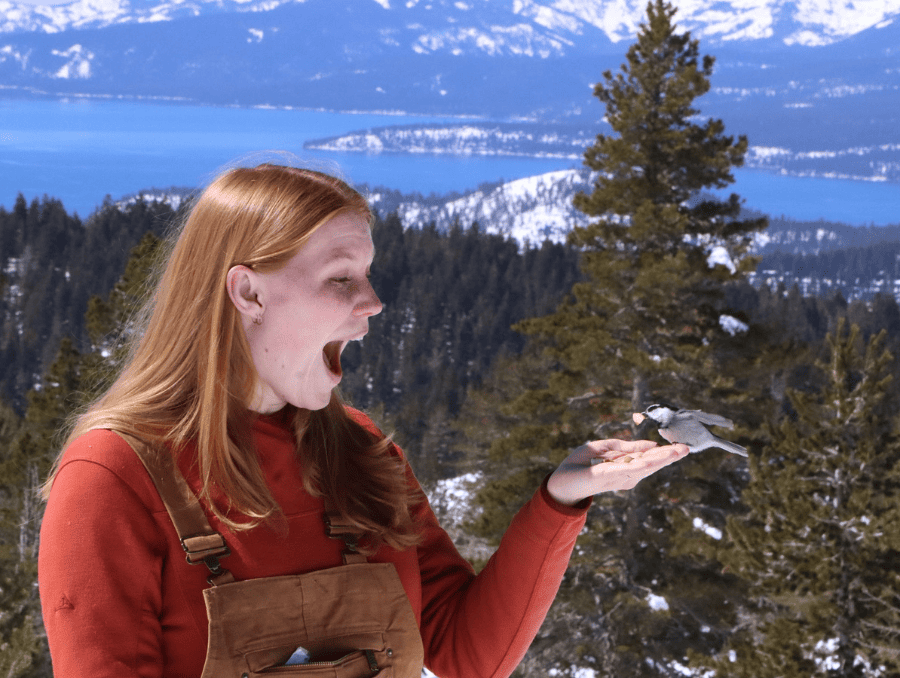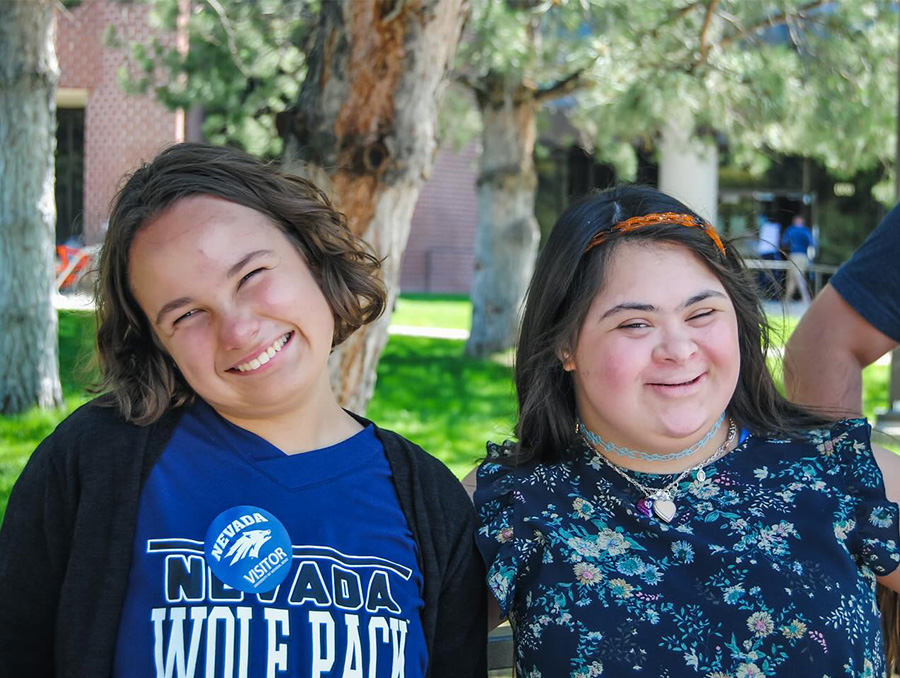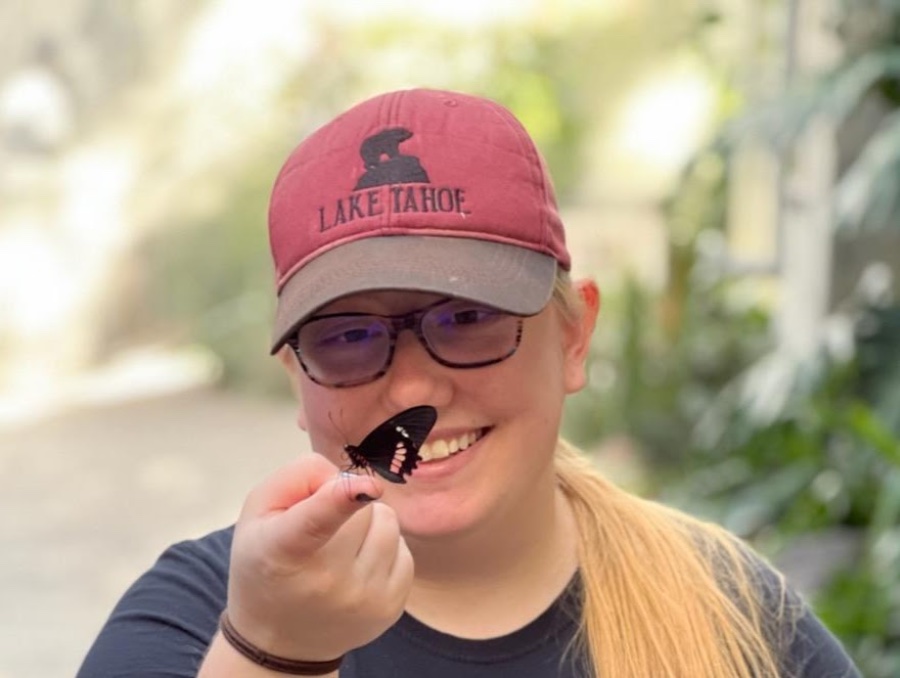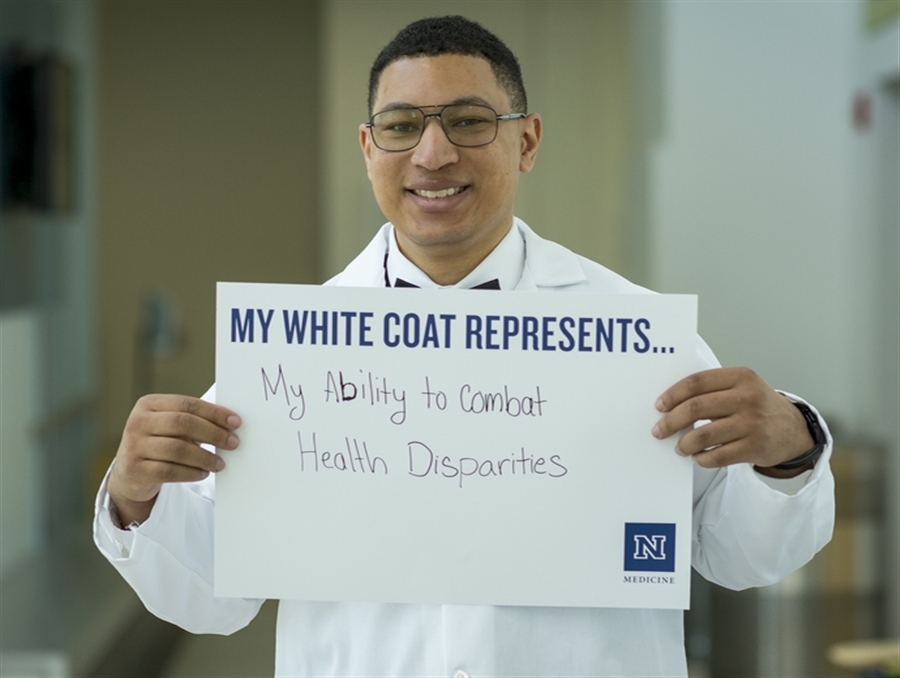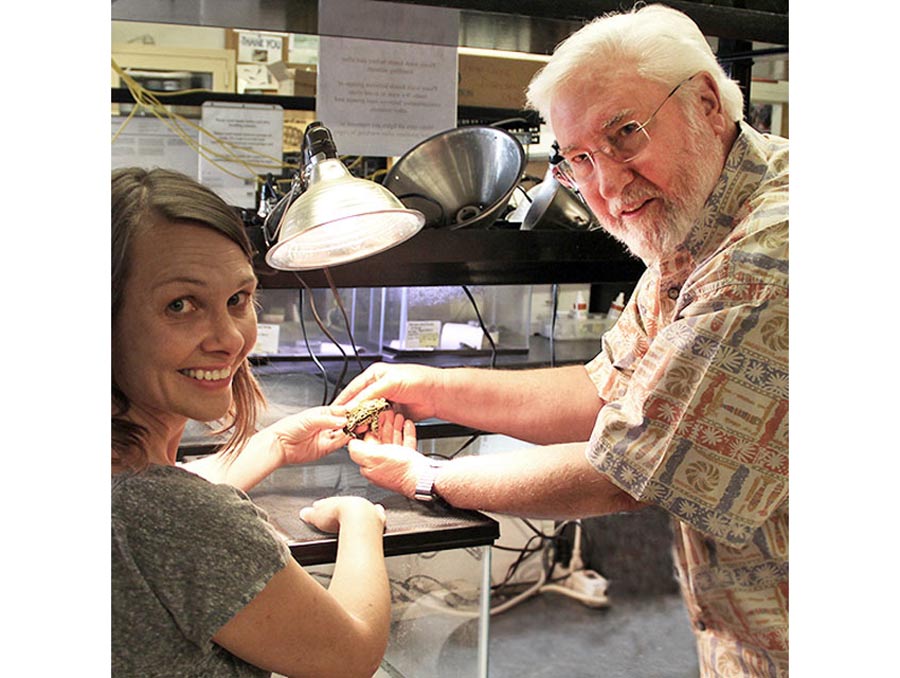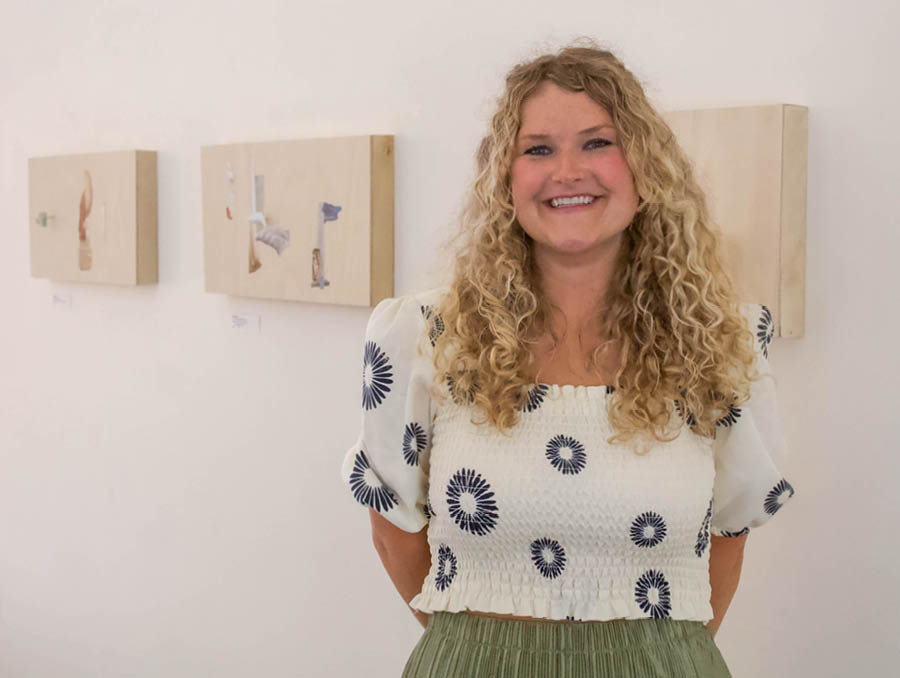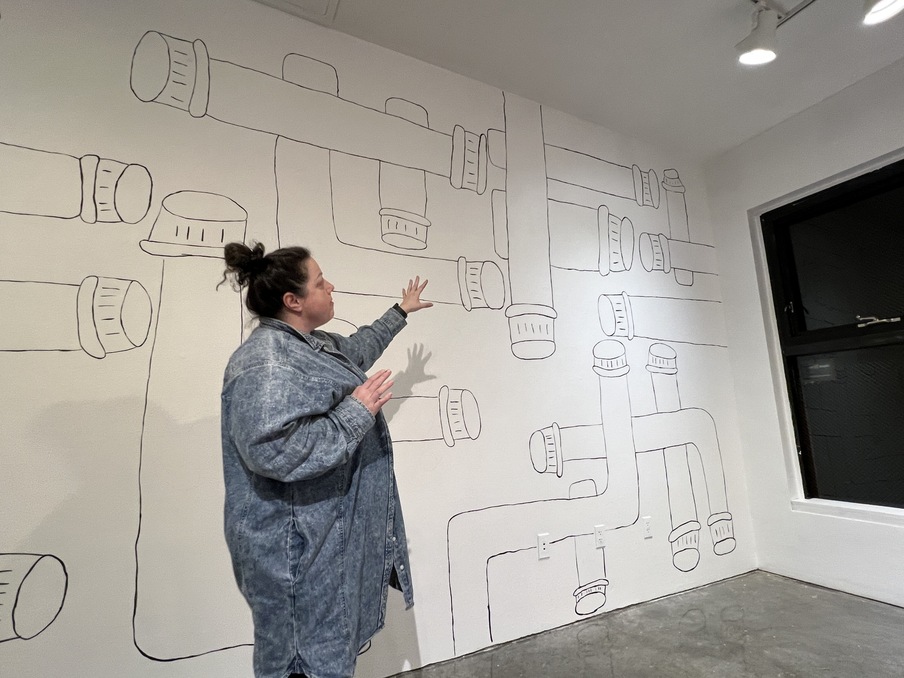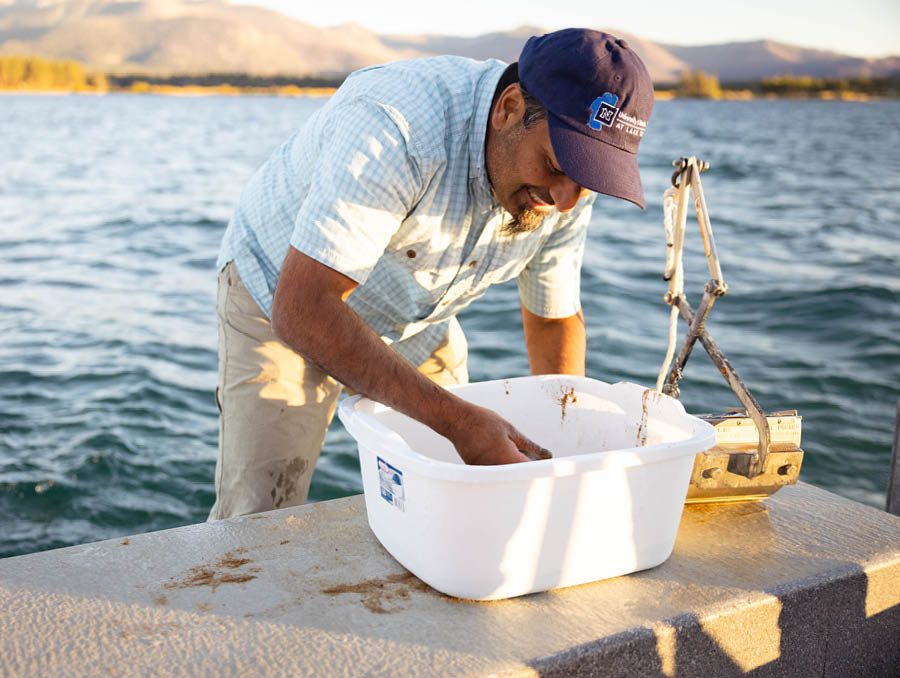For University of Nevada, Reno physicist Friedwardt Winterberg, capturing and utilizing extremely high voltages like those that occur in a lightning strike for a blast of energy has been a complicated, but worthwhile life’s pursuit. During more than half a century of research, he has pursued the process because he is trying to create low-waste, electrically produced nuclear power.
Winterberg, who had some of his 39-year-old work on thermonuclear explosions declassified recently by the U.S. government, has produced new findings that are attracting notice in the scientific community. He has developed what he believes is a more efficient way to release nuclear energy than with the super laser the Lawrence Livermore National Laboratory operates. He says his super Marx generator will generate billion-volt bursts of electric energy 100 times more powerful than the Livermore laser, and can release large amounts of energy by nuclear fusion. His process, which does not involve fission, does not produce radioactive waste materials, as is the case at Livermore.
The Livermore process, Winterberg says, uses a super laser that releases an intense burst of energy. A by-product of the process, he says, is that only 10 percent of the energy is released in fusion while 90 percent is released in fission, which creates many more waste products than the more powerful, billion-volt super Marx generator.
Winterberg says his recent research concept is that 100 percent of the energy released would be through deuterium fusion, something unachievable if done with lasers. He proposes that if the approach is feasible, it would render laser fusion obsolete. Winterberg presented his studies at the 2008 Advanced Propulsion Workshop at NASA facilities in Pasadena, Calif.
The government declassified one of Winterberg’s papers on fusion ignition in 1970. This different microfusion process requires the generation of a proton beam powerful enough to ignite in liquid deuterium, creating a chain reaction capable of producing a thermonuclear micro-detonation.
Winterberg, a native of Germany, began his nuclear fusion research in 1954 in his home country and earned his doctoral degree under Nobel Laureate Werner Heisenberg, who was the doctoral degree adviser of hydrogen bomb developer Edward Teller. As a 26-year-old in 1955, Winterberg is credited with developing the foundation for the GPS system. He proposed to put atomic clocks into artificial satellites, testing the only practical application of Einstein's general theory of relativity.
In 1959, the U.S. government invited Winterberg to the United States under the same program that brought Saturn V moon rocket founder Wernher von Braun from Europe.
His work on nuclear rocket propulsion earned Winterberg the 1979 Hermann Oberth Gold Medal, a top international astronautics award, and two years later, the Nevada Legislature awarded him a citation for development of the inertial confinement fusion concept. Some scientists have hailed Winterberg’s nuclear fusion concept as a more efficient way to propel rockets and their payloads into space quickly or as a method to defend Earth against a large asteroid’s impact.
Winterberg’s geophysics research has also received more recent acclaim from scientists.
University of Maryland geophysicist Daniel Lathrop, in an October 2006 Physics Today letter, credited Winterberg’s 1963 research paper on a laboratory geodynamo as providing a unique “detailed analyses of different experimental possibilities for probing dynamo action using liquid metals.” Scientific theories suggest a geodynamo is the convective mechanism in the Earth’s fluid outer core that sustains the planet’s geomagnetic field.
Using some of Winterberg’s research observations, Lathrop has created a 10-foot-tall, 26-ton model planet in his laboratory in a bid to get the apparatus to generate its own magnetic field.
The University of Nevada, Reno hired Winterberg as an associate professor of physics in 1963, and he was promoted to full professor in 1968, the same year he became a U.S. citizen.
